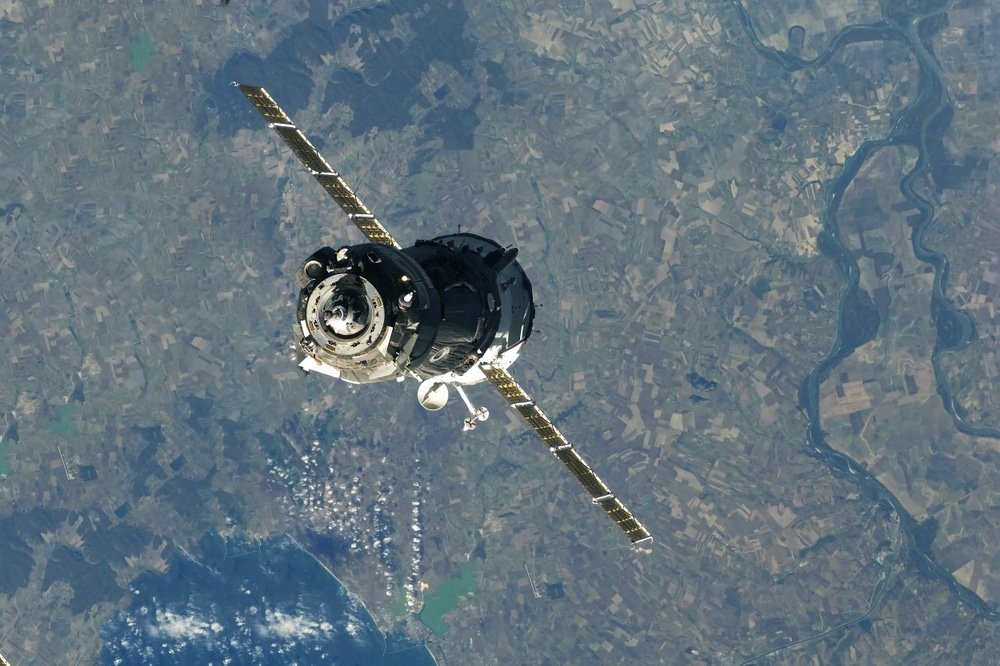Methane emissions from two major fossil fuel fields in Turkmenistan last year are contributing more to global warming than the total carbon emissions of the UK, satellite data from Kayrros has shown.
Kayrros analyzed datasets from satellite imagery through its Methane Watch program that tracks methane (CH4) emissions worldwide.
The company told The Guardian that the oil and gas fields together leaked CH4 emissions equivalent to a total of 366 million tonnes of CO2, greater than the UK’s entire CO2 emissions in 2022 – 331 million tonnes of CO2.
Methane Emissions Flaring Up
Methane is the second most abundant anthropogenic GHG after CO2 which is responsible for about 20% of global emissions. This gas is more than 25x as potent as CO2 at trapping heat in the atmosphere. It can be emitted from various sources, natural or anthropogenic (human-influenced) such as:
- Landfills
- Oil and natural gas systems
- Agricultural activities
- Coal mining
- Wastewater treatment
- Industrial processes
Over the last 200 years, methane concentrations in the air have more than doubled, largely because of human-related activities.
Methane emissions have gone up alarmingly since 2007. Climate scientists said that this rising CH4 emissions may be the biggest threat to keep global temperatures below 1.5C.
Together, CH4 emissions from Russia, U.S., China, Brazil, India, Indonesia, Mexico, and Nigeria account for about 50% of the entire anthropogenic methane pollution. The specific source of methane varies per country. For instance, Russia releases the gas from natural oil and gas systems while coal production is responsible for China’s emissions.
And only recently, highest emissions of methane was discovered in Turkmenistan that are also mostly from its oil and gas fields, which experts claim to be “mind-boggling” and “infuriating”.
Turkmenistan – the Worst Methane Super-Emitter
The NASA monitoring device revealed that Turkmenistan is one of the worst ‘super-emitters’ of methane in the world.
The space agency’s Earth Surface Mineral Dust Investigation (EMIT) advances studies of airborne dust and its impact on climate change. But scientists can also use the EMIT device to detect places with the most significant methane emissions.
Satellite imagery identified Turkmenistan as the country with the highest number of super-emitting events – 184 out of 1,005 events. Moreover, Kayrros also discovered that 70 out of the top 100 biggest super-emitter events were in Turkmenistan.
The biggest event with the highest gas leak of all also happened in the country, on the Caspian coast. The fossil fuel field in the western part of the coast released about 2.6 million tonnes of methane in 2022. The other field in the east leaked 1.8 million tonnes.
-
Kayrros analysis determined that 427 tons of methane is leaking each hour in August last year. That is equal to the emission rate of 67 million cars.
The analyzed data covers a 4-year period, from 2019 to 2022, which show a level trend for Turkmenistan’s total emissions. Overall, the country is responsible for 840 methane super-emitting events, including leaks from wells, tanks, and pipes.
According to Kayrros, Turkmenoil, the national oil company, owned most of the facilities leaking the potent gas. The gas rich Central Asian country is China’s second biggest supplier of gas.
Another large emitter of methane is the Permian Basin oilfield in New Mexico. It’s one of the largest oilfields in the world, generating a plume about 2 miles long.
The third CH4 super-emitter is a waste-processing complex in Iran, emitting a plume at least 3 miles long. Methane is a byproduct of decomposition, and so landfills are also a major source.
Kayrros said that methane leaks from oil and gas systems can be avoided by doing proper maintenance, repairing valves and pipes that leak, and replacing worn parts.
Antoine Rostand, Kayrros president, said that the management of methane emissions was extremely poor and out of control. Rostand also said that:
“We know where the super emitters are and who is doing it. We just need the policymakers and investors to do their job, which is to crack down on methane emissions.”
The Need to Manage CH4 Emissions
The world pays a lot of attention to cutting CO2 emissions while methane emissions are often overlooked. But in fact, about ⅓ of the global warming in the past hundred years was due to methane.
There has been a global methane pledge to cut human-caused emissions by 30% by 2030 declared during the Glasgow UN Climate Summit in 2021. 150 national governments participated but some of the major emitters haven’t signed up, including Turkmenistan.
If only Turkmenistan can stop the leaks from its aging Soviet-era oil and gas equipment and practices, it can be the world’s largest methane reducer, experts say. But it wasn’t a priority for the country’s current president, Serdar Berdimuhamedov.
Experts believe that this year’s climate conference happening in the United Arab Emirates, COP28, presents an opportunity to propel methane emission cutting actions in the country. The UAE has strong ties with Turkmenistan and expertise in oil and gas production.
The UAE is also a member of the Global Methane Pledge and its national oil company, Adnoc, is part of the OGMP2 (Oil and Gas Methane Partnership 2.0), a voluntary UN initiative to reduce methane leaks. Adnoc said it will build a supergiant gas field in Turkmenistan and have other energy projects in the country. It ranks in the top 5 lowest emitters in the oil and gas industry and also has one of the lowest methane intensities (0.01%).
Hopes are high that the COP28 will be a wake-up call for Turkmenistan and other super-emitters of methane to bring down their emissions.



